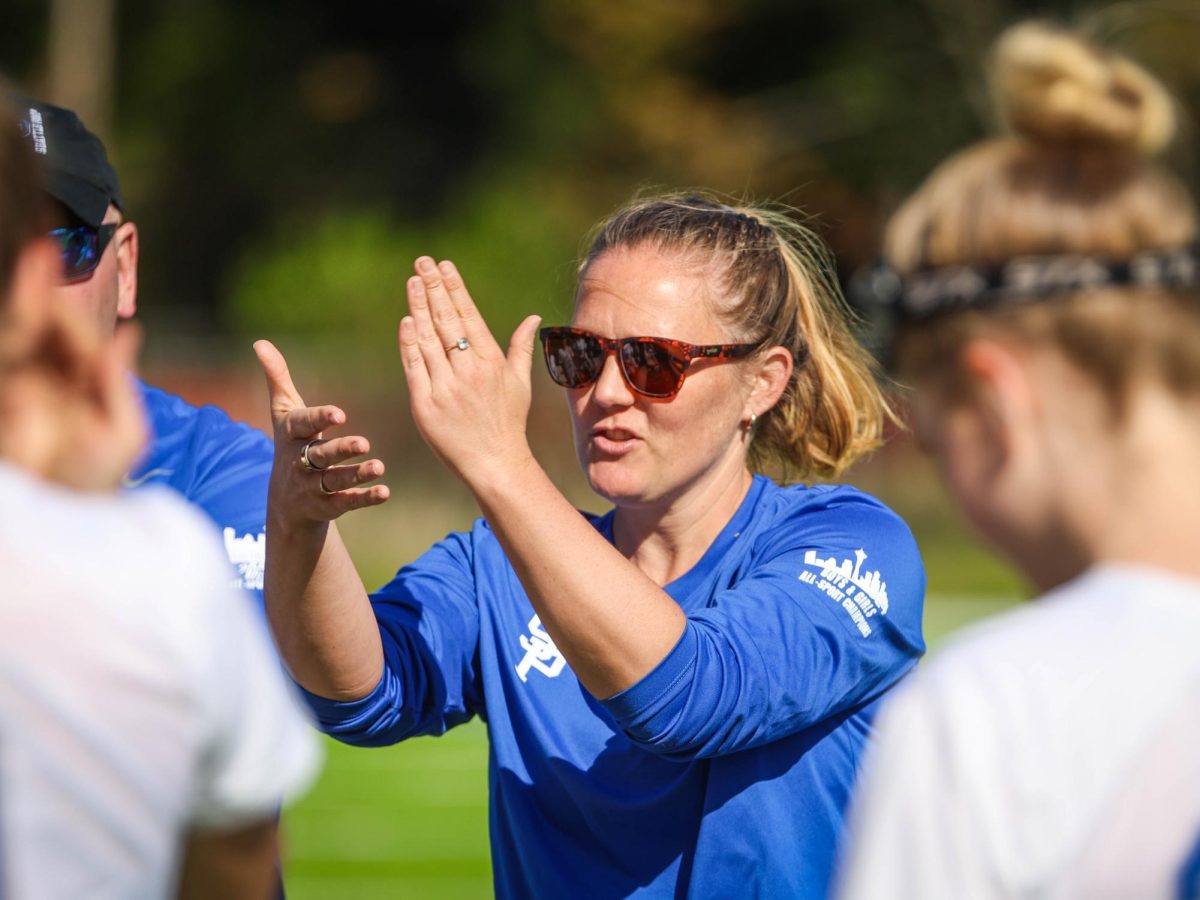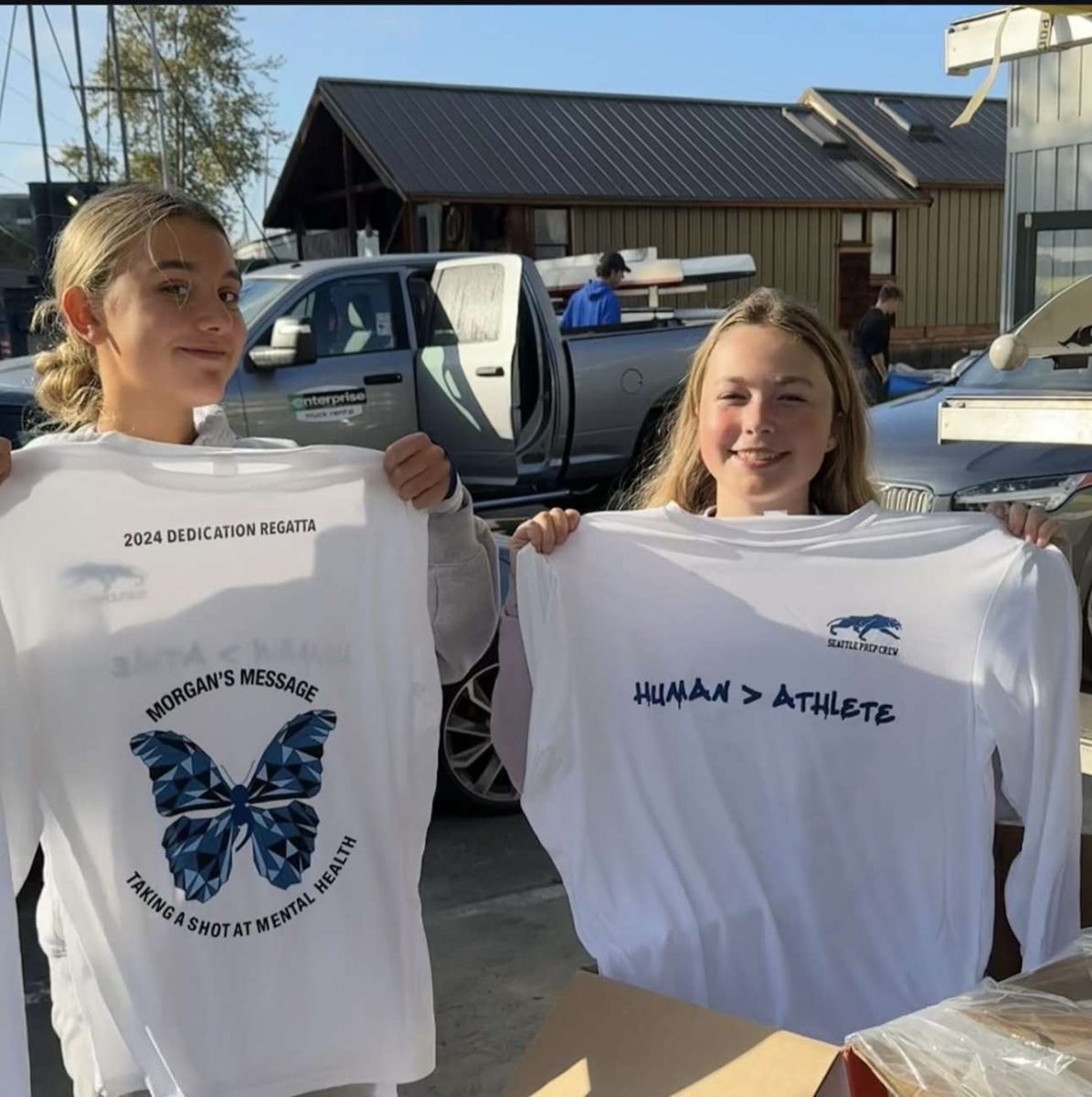In high school sports, there’s a constant pressure to give it your all, no matter the risk. Whether it’s a soccer player with a sprained ankle or a football player pushing through a sore shoulder, many athletes find themselves in a pickle: play through the pain or sit out? The decision isn’t always easy, especially with the high expectations placed on them by coaches, teammates, and most significantly themselves.
There’s no denying that sports require mental toughness and determination. However, this idea of “playing through the pain” is often romanticized, ignoring the risks that come with ignoring injuries. While it might seem like an act of dedication to keep playing despite physical discomfort, pushing through pain can lead to serious, long-term consequences.
Injuries that are not given the time to heal properly can worsen, turning a minor issue into a chronic one. A small muscle strain ignored can develop into something much more severe, potentially sidelining an athlete for an extended period or even ruining their future in the sport. In some cases, overuse injuries can prevent athletes from reaching their full potential or even damage their careers in the long run.
Beyond the physical risks, there’s also a mental toll that comes with trying to push through injuries. Athletes may experience frustration, anxiety, or guilt when they feel like they’re letting their team down. This mentality can affect their overall well-being and performance, creating a cycle that’s hard to break.
It’s important to remember that rest is crucial in the recovery process. Taking the time to heal not only helps the body recover but also ensures that an athlete can come back stronger. Coaches and teammates should encourage a culture where athletes feel safe to sit out when needed, understanding that a healthy player is a more valuable player in the long run.
In high school sports, the pressure to compete is real, but athletes need to recognize when it’s time to listen to their bodies and take a step back. Playing through the pain might seem tough, but true toughness comes from knowing when to rest and recover. After all, an athlete’s health should always come first.






